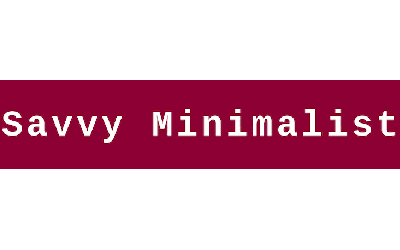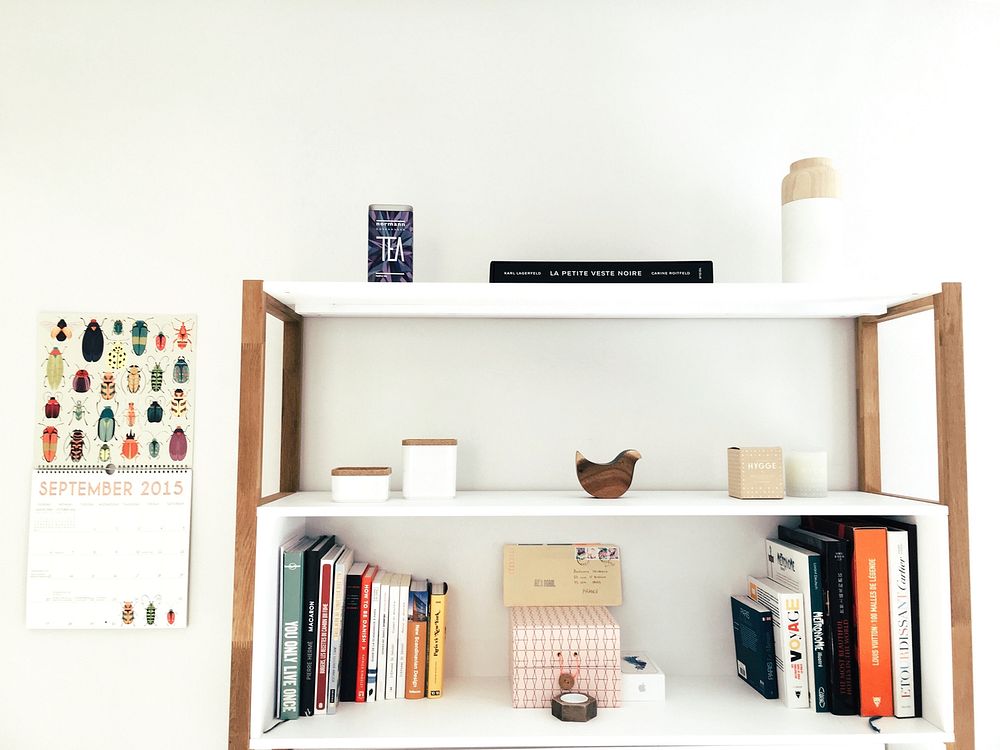So you have probably heard of the term minimalism by now and want to know how you can start practicing minimalism.
Below I put together the necessary steps I took and the pitfalls I encountered trying to accomplish this. Some might think “hey it’s easy all I need to do is get rid of stuff I don’t need and viola it’s done”, but it’s not as easy as it seems. It’s actually quite complicated depending on your living situations.
With the right guidance and from someone who still struggle with throwing away things, I think I can provide some useful insights that may find useful. Minimalism isn’t a one size fits all. You can tailor it to suit your circumstances.
Step 1.
Take small steps into getting rid of items. Don’t try to do it all at once or it may backfire. Think of it like dieting. If you restrict too many calories right away, you will begin to regain all the weight and then some more. You need to look at it as a long term goal. Take it slow and eventually it can be sustained. You may also end up having to buy back the things you threw away. This is just wasting your money foolishly.
Analyze the things you use and will have use for in the future. Write them down to keep track. Over a period of weeks or months you will get an idea of the things you are not using. Being minimal doesn’t happen overnight.
Step 2.
Don’t buy twice. Yes you read that right. A lot of times of how unorganized we are by having too many items, we lose track of what we have. We may buy things we already have in possession. This is adding on to pile of things we already have. If you’ve done your analyzing and have your notes, ask yourself if you really need to buy this. Doing this method will help cut down on your spending. As you begin to slowly eliminating the things you don’t need, you will have a better grasp of things you already have. This will help you make better purchasing decision.
Step 3.
Say no to free items. People may offer you things for free because they are trying to get rid of them. This is not to say no to everything but you don’t have to say yes to everything. A gift is different from something free. If someone gave you a gift and you have no use for it, don’t throw it away. There are a lot of places you can offer donation to underprivilidge people. Matter of fact before you throw away any items it’s a good idea to check if it can be donated.
Step 4.
Organizing. As you begin to accumulate fewer items, you will have more space to organize the items you have. There’s multiple ways you can organize, choose one that works for you. For my clothes, I like to organize by types rather than by color. I keep my short sleeve shirts separate from long sleeves, short pants separate from long pants etc. If you can keep your closet organized then the rest of the house or apartment will follow suit.
Step 5.
Be responsible and consistent. Make sure you are holding your self accountable. Consistency is key to a lot of things and being a minimalist is one of them. There will be times where you feel like u are accumulating a lot of items or wanting to buy more things which is perfectly okay. We all have ups and downs, Having that sense of direction and focus minimalism gives you, you will overcome those desire.
Conclusion.
This is the approach I took and this is what worked for me. Feel free to follow this and other suggestions you think will work best for you. The feeling of being lightweight and free is good for your overall health and well being. Being minimal is just as important as the food and exercises we do to maintain a healthier lifestyle.

